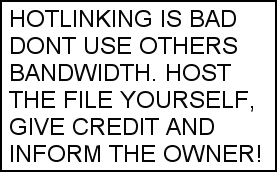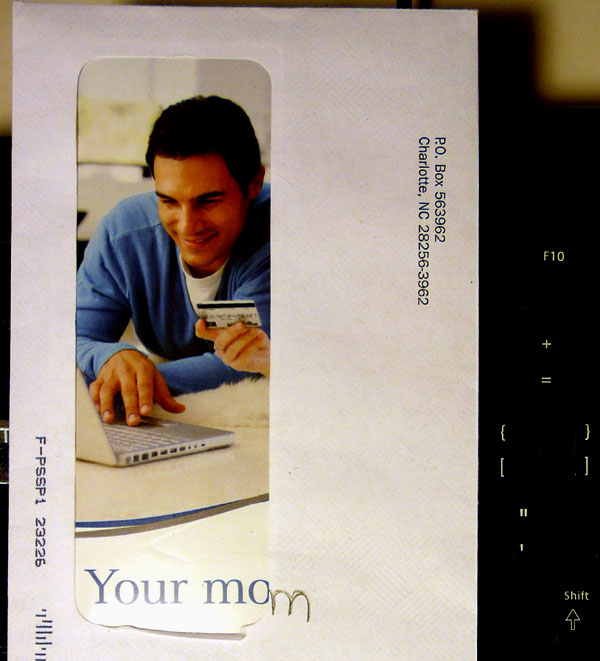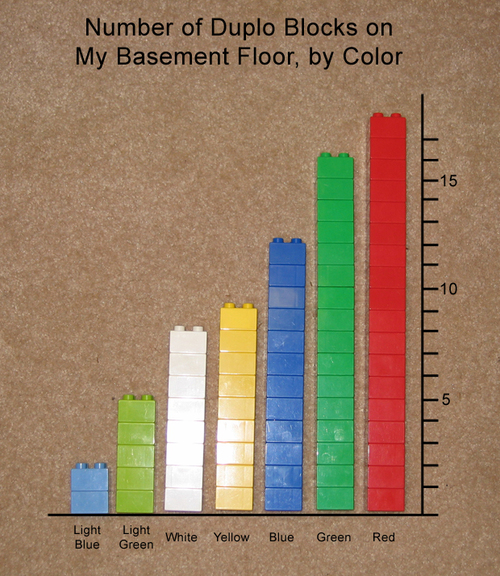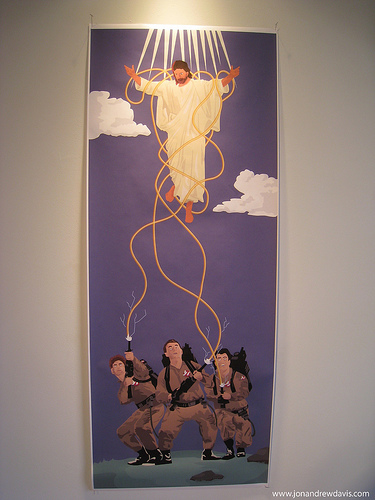
Author: mrpikes
Hotlinking
For those not in the know, hotlinking is the act of displaying an image located on another web site by referring to it directly, as opposed to linking to the page on which it appears.
The upshot is that every time the hotlinked image is displayed on site A, it costs site B (the site hosting the image) the bandwidth required to serve it up. This is considered rude. Site B incurs a cost without receiving any benefit. The accepted alternative is to save a copy of the desired image and host it on one’s own site, or on one of numerous image hosting services. Not only is this polite, but it’s smarter, because when you hotlink to an image on someone else’s web server you don’t have control over it.
When John McCain was running for president, his campaign set up a MySpace page (remember MySpace?) using a common template. The template’s creator made it available for anyone who wanted to use it, but requested attribution and asked those who used it to host the associated images themselves. The McCain staffers did neither. The template’s creator responded by modifying one of the images that was being leeched from his own web server such that the following occurred:

The McCain staffers saw the light and quickly corrected their faux pas.
I bring up hotlinking because a lot of my blog posts contain images that a lot of people find via Google Image Search. Then they hotlink to them. The pages on which they are displayed are frequently in forums and, given the highbrow nature of the images I post, you can only imagine the levels of erudition present in the forums’ discourse. For example:
http://www.last.fm/group/I+Hate+Metal+Maiden+Hell/forum/124912/_/531272
There are methods to block hotlinking, and some of those who engage in hotlinking subscribe to the viewpoint of, “If a site lets me hotlink to its images, that’s tantamount to an invitation.” Well, fuckers, you are no longer invited.
One has choices when blocking hotlink requests. One can simply forbid the request, which usually results in a broken image icon appearing on the target site. One can also redirect the request so that an alternate image is served up. Given the potential humor value of the latter, which method do you think I chose?
Some people select an image like this:
Practical but boring.
Some serve up a transparent image that is very, very wide, which is designed to break the target site’s layout such that the left and right borders get blown out. I consider this somewhat malicious in that it punishes bystanders along with the culprit.
Being true to my nature, I decided to go with something offensive. My initial choice was this:

Then I was briefly taken with this:
Then I considered taking the scattergun approach and offending everyone imaginable:
Then, after reading an informative essay by Ryan “pizza” Flynn on what to consider when coming up with an irritating, disturbing or offensive hotlink replacement image, I embraced one of Mr. Flynn’s offerings for my very own. I think it strikes a tasteful balance:
I am well aware that by serving up an alternate image, I am still incurring the bandwidth cost associated with that image. That’s okay. Ever since I set this up, several times each day I feel a little zing of pleasure out of nowhere that I can only imagine is my replacement image appearing somewhere unexpectedly. So either the tumor has grown beyond the point of “Are you sure you don’t smell burning plastic?” or my investment is paying dividends.
My Girlfriend is Very Funny
Duplo Bar Graph
My friends are very clever. Do yourself a favor and check out Dylvez’s blog:
Protect Your Chicken From Dokken
The alternate “Deny” ending can be found here:
http://everyclickmatters.com/dangers/dokken.html
In terms of actual protection, I suppose I could throw the box that the software comes in at an intruder, but it’s still a funny ad.
5:21 A.M. Good Morning to you, too, Kitty
Want another try at breakfast?
And the Bagboy Totally Digs Amputee Porn
Divine Comedy
Owen Fail

I love you, Fail Blog. Previously.
If You’re Into It
Fisting. Can’t. Stop. Laughing.
Eat Me
Over the last few years several data points have come to my attention that, taken together, demonstrate conclusively and disturbingly that robots are testing the waters for an outright blood-drenched revolution fueled on human flesh.
The idea of robots as a menace predates actual robots. I, Robot, Forbidden Planet and The Day the Earth Stood Still (um, the good one) were published or released in the 1950s. The Unimate (acknowledged as the first digitally programmable robot) was created in 1961.
In 2006, doing a piece on NEC’s robot sommelier (designed to identify wine, cheeses, meats and hors d’oeuvres), the reporter stuck his arm in the robot’s sensing mechanism and was identified as bacon. The cameraman tried it and the robot came back with prosciutto. There you have it: long pig independently corroborated. And, guys, thanks all to hell. Now they have a taste for it.
In 2008, an Australian man was shot dead by his own robot creation. Suicide. Riiiiiight.
Last month, Robotic Technology Inc. issued a press release that was a bit of a non sequitur to most. On the subject of their Energetically Autonomous Tactical Robot (EATR) (a U.S. Defense Department-funded robotic ground vehicle that obtains its own fuel), the press release stated:
We completely understand the public’s concern about futuristic robots feeding on the human population, but that is not our mission… Desecration of the dead is a war crime under Article 15 of the Geneva Conventions, and is certainly not something sanctioned by DARPA, Cyclone or RTI.
Trying to assess the imminence of the forthcoming electromechanical holocaust, I searched Google for “robot coup” and got 1.7M results. Most disturbing was the top result, Robot Coupe, “The inventor and world leader in food processors.”
WTF? Sweet Fancy Moses! Grab the kids and the shotgun Mildred, we’re heading for the hills.
I urge anyone still able to read this to buy or steal a copy of How to Survive a Robot Uprising immediately.
Courage.








